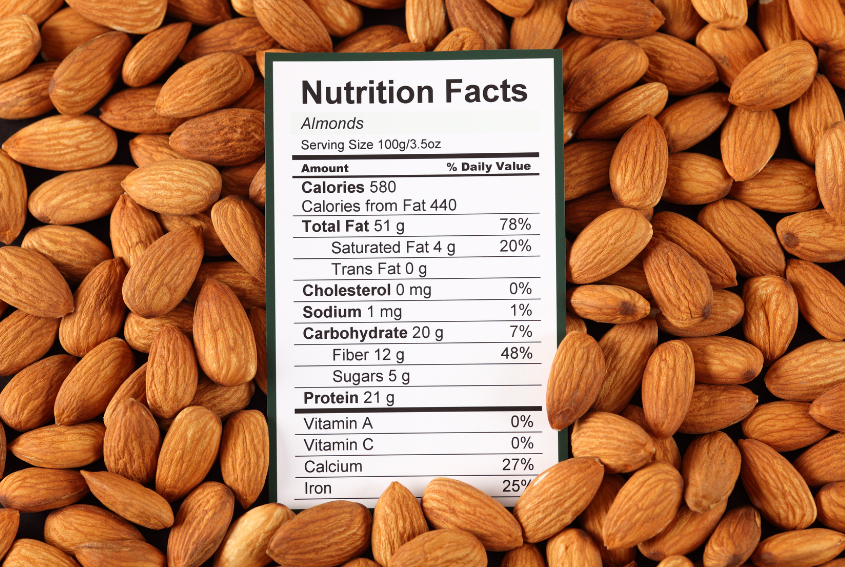
How to Read a Nutrition Label
When it comes to mindful eating and natural weight loss, it’s important to be able to properly read a nutrition label. Here’s how to do it:
Finding the Fats
Nutrition labels list both the total fat content of a product and the amount of the different fat components. Why? Because not all fat is bad; in fact, you need a certain amount of fat in your diet. Mayo Clinic suggests eating between 44 and 78 grams of total fat every day, with healthy unsaturated fats and Omega-3 fatty acids contributing to the majority of that amount. On the other hand, the AHA suggest avoiding trans fats whenever possible and keeping the daily intake of saturated fats between 11 and 13 grams.
Shedding the Sodium
Sodium is no more than the salt content of the food and is best kept at a minimum level as it has been linked to an increased risk of heart disease. The recommended daily limit for sodium is 2,300 mg; that only sounds a lot until you start reading those labels closely.
Fiber Focus
Fiber supports the body in many different ways and should be present in any food containing grains. However, you should limit your food choices to grain-containing foods with at least 3 grams of dietary fiber per serving. The FDA recommends eating at least 25 grams of dietary fiber per day.
Sorting the Sugars
Sugar gets very bad press, but just like fat, it really needs to be present in your diet. The important information regarding sugar is the source; there is a huge difference between naturally occurring sugar from fruit and added sugars and sweeteners. If the nutrition panel only provides the total sugars, turn the product over and check out the ingredients. Avoid products that contain labels such as high-fructose or anything that ends with –ose, which is manufactured sugar. Maple syrup, honey, stevia are your best bets here. Food with a label normally has a lot of sugars, so watch is line closely! If you can’t decifer the sugar info because it is buried in a bunch of words that you can’t pronounce, if sugar is one of the first two ingredients in the product, put it down and walk away. Your body will thank you for this in many ways.
Vitamins
The vitamin and mineral composition of the food should also be included on the nutrition panel. Ideally, your product should contain between 10% and 19% of the daily value of each nutrient. Any less than this and you are not going to get much benefit from the product.
For more nutritional tips and education, stay tuned to HealthyNestnutrition.com/blog.
